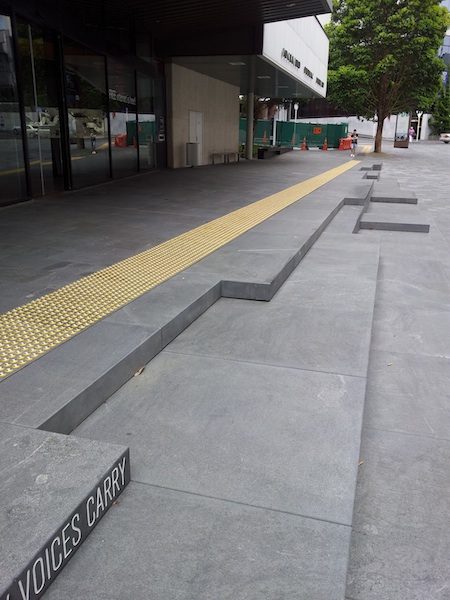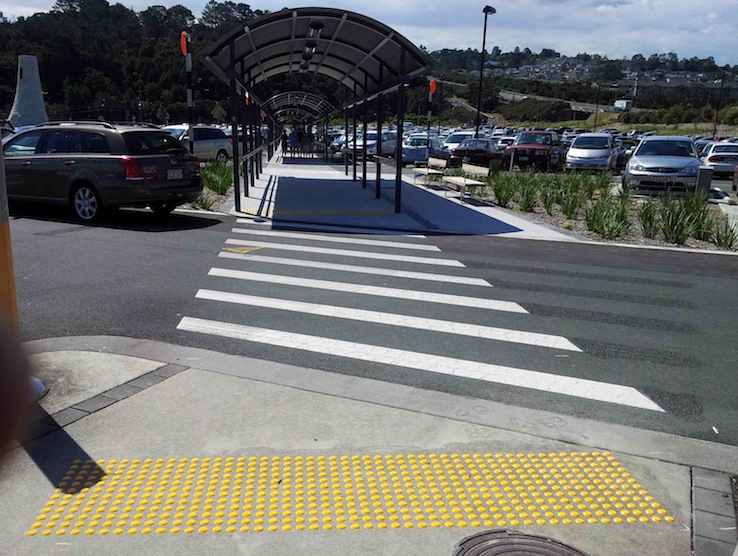Composite Discrete Warning Studs & Directional TGSI...
ColorMe Tactile Indicator studs are discrete warning studs are made from (316 marine grade) stainless steel and also have a UV resistant polyurethane ring/center. Combining 316 stainless steel and carborundum, this increases durability and greater slip resistance.
Available in 'Spike' or 'FlatBac' variants where the substrate allows for either drill, screw or glue fix applications.
Selected discrete warning TGSI studs are available with matching 295mm x 35mm x 4.5mm directional lead in TGSI.
Key Benefits:
Features:
Suitable for: Interior and Exterior environments (concrete, asphalt, carpet and vinyl flooring), Commercial, Shopping Malls, Airport, Schools, Hospital & Aged Care Facilities, Public Domains, Pedestrian surfaces
Required fields are followed by *.
Item of interest: (ColorMe_TGSI), ColorMe SS TGSI
Code: ColorMe_TGSI
What are Tactile Indicators?
Tactile Indicators are a series of organised raised dots, installed on pedestrian surfaces that assist the orientation of people who are blind or vision impaired.
Felt under foot or by cane, Tactile Indicators alert the vision impaired, where they are, where they are going, and where they have been.
According to RTS 14 "Guidlines for facilities for blind and vision - impaired pedestrians" and the AS/NZS 1428.4:2002. Tactile Indicators are required to be installed to an approaching or change of direction along a path of travel, such as: can be used on Footpath, Passageway, Walkway, Ramp, Stairs, Landing or similar...

EcoFloors Tactile Ground Surface Indicators are designed and manufactured to conform to a number of national standards and recommendations:
Installation Possibilities
